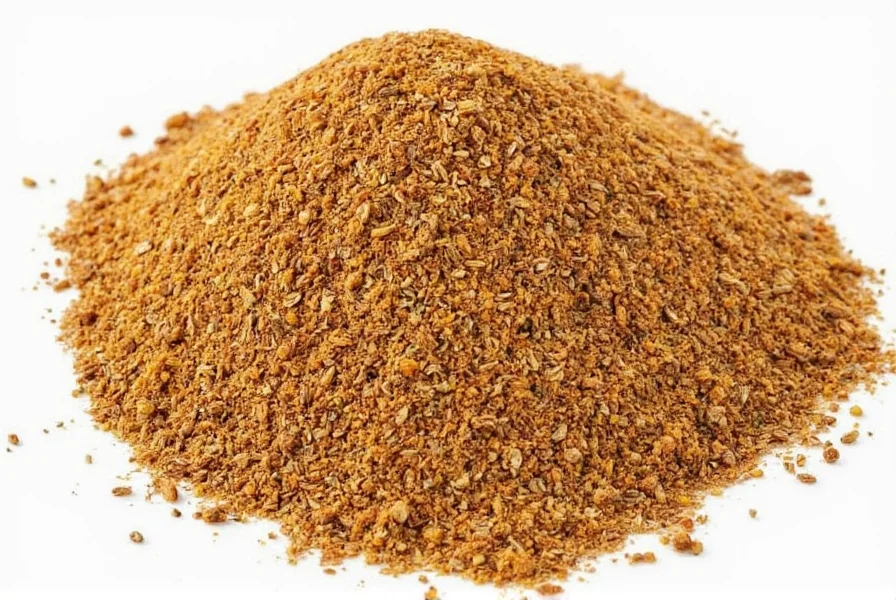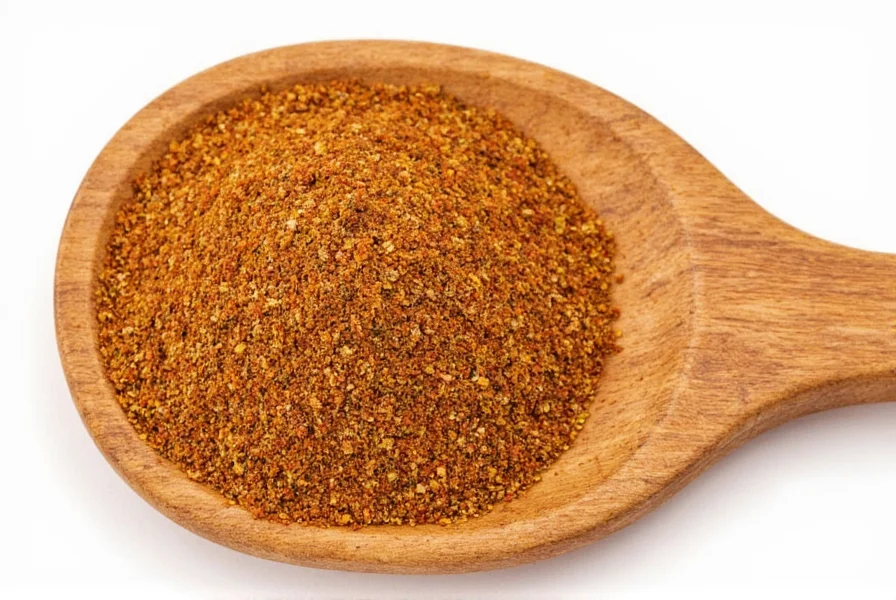Cumin (Cuminum cyminum) has been cultivated for over 5,000 years, with archaeological evidence showing its use in ancient Egyptian and Indus Valley civilizations. The plant grows to about 30-50 cm tall and produces small white or pink flowers. What we commonly refer to as cumin "seeds" are actually the plant's dried fruit, called mericarps, each containing a single seed.

Physical Characteristics and Flavor Profile
Cumin seeds measure approximately 3-6 mm long, curved in shape, and range in color from yellowish-brown to dark brown. When crushed or ground, they release aromatic compounds that create cumin's signature flavor—earthy with warm undertones, a hint of citrus, and a slightly peppery bitterness. This distinctive taste makes cumin a foundational spice in many global cuisines.
The primary compound responsible for cumin's flavor is cuminaldehyde, which gives it that characteristic warm, spicy aroma. Unlike some spices that lose potency when heated, cumin actually develops more complex flavors when toasted or added early in the cooking process.
Culinary Applications Around the World
Cumin features prominently in diverse culinary traditions:
| Cuisine | Common Uses |
|---|---|
| Mexican | Essential in chili powder, taco seasoning, and mole sauces |
| Indian | Key ingredient in garam masala, curries, and rice dishes |
| Middle Eastern | Featured in falafel, hummus, and baharat spice blends |
| Mediterranean | Used in sausages, breads, and roasted vegetable preparations |
Chefs often debate whether to use whole cumin seeds or ground powder. Whole seeds maintain their flavor longer and work best when toasted before grinding or added early in cooking. Ground cumin provides immediate flavor impact but loses potency more quickly. For optimal results, many professional kitchens toast whole seeds and grind them fresh for each recipe—a technique worth exploring when learning what is cumin used for in professional cooking.
Nutritional Profile and Potential Health Benefits
Two teaspoons (about 4 grams) of ground cumin contain approximately:
- 16 calories
- 1.2 grams of protein
- 1.3 grams of fat
- 1.4 grams of dietary fiber
- Significant amounts of iron (24% of daily value)
- Moderate amounts of manganese, magnesium, and calcium
Research suggests cumin may offer several health benefits, though more extensive human studies are needed. Preliminary findings indicate potential digestive benefits, blood sugar regulation properties, and antioxidant effects. Understanding what is cumin spice nutrition facts helps home cooks incorporate this flavorful ingredient into balanced meal planning.
Storage and Substitution Guidance
To maximize shelf life, store cumin seeds in an airtight container away from light and heat. Properly stored, whole seeds maintain peak flavor for 3-4 years, while ground cumin lasts 6-12 months. For extended freshness, some chefs recommend refrigerating ground cumin.
When cumin isn't available, suitable substitutes include:
- Caraway seeds (similar earthy flavor with more anise notes)
- Coriander seeds (milder, citrus-forward alternative)
- Garam masala (for Indian dishes, though this contains cumin already)
- Paprika combined with a pinch of oregano (for chili applications)
Remember that no substitute perfectly replicates cumin's unique flavor profile. When exploring what is cumin seed alternative options, consider the specific dish you're preparing and which flavor elements matter most.

Common Questions About Cumin
Is cumin the same as caraway?
No, cumin and caraway are distinct spices from different plants. While both belong to the Apiaceae family, cumin has a warmer, earthier flavor with citrus notes, while caraway features more pronounced anise-like qualities. Their seeds differ visually too—cumin seeds are lighter brown and more curved than caraway's darker, straighter seeds.
Can you eat cumin seeds whole?
Yes, you can safely eat cumin seeds whole. Many traditional dishes incorporate whole seeds directly, particularly in Indian and Middle Eastern cooking. Toasting whole seeds before consumption enhances their flavor and improves digestibility. Whole seeds provide a more subtle flavor release compared to ground cumin.
Does cumin have any side effects?
Cumin is generally safe when consumed in typical culinary amounts. However, excessive consumption may cause heartburn or digestive discomfort in sensitive individuals. People with bleeding disorders should exercise caution as cumin might slow blood clotting. Those with allergies to other Apiaceae family plants (like parsley or carrots) may experience cross-reactivity.
What's the difference between cumin and ground cumin?
Cumin seeds are the whole, dried fruit of the cumin plant, while ground cumin is these seeds pulverized into powder. Whole seeds retain their flavor longer (3-4 years vs 6-12 months for ground). Ground cumin delivers immediate flavor impact but loses potency faster. Many chefs prefer toasting and grinding whole seeds fresh for optimal flavor when exploring what is cumin's true potential in cooking.










 浙公网安备
33010002000092号
浙公网安备
33010002000092号 浙B2-20120091-4
浙B2-20120091-4